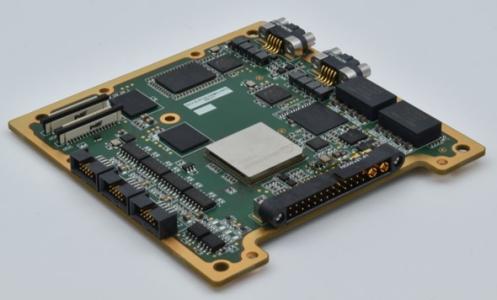Preparation of enabling space technologies and building blocks: GNSS-AI on-EDGE ? Onboard detection of GNSS signal disturbances by DNN

Location based services (LBS) are in increase with high demand for better and better location accuracy. Not only mobile applications addressing mainly consumer mass market (location-based advertising, augmented reality) but also more professional or safety related solutions will benefit or arise, being able to use precise navigation (GNSS-enabled 112 emergency call, mapping, workforce management, asset management, …). Effects changes with the altitude. There would be differences receiving GNSS signals in space or in the ground (no multipath effects in space). The results of this activity will serve SkyLabs to build another building block for Nano- and Micro satellite market.
The HPC-AI is a high-performance microcontroller in a single-board computer, designed for LEO applications. HPC-AI provides a versatile design in terms of variety of resources, extension possibilities and available interfaces. The HPC-AI is powered by the PolarFire SoC RISC-V processor cluster, with 2GB of LPDDR4 memory (ECC protected) and 2 GB NVM Flash storage, in 1GB redundancy configuration (EDAC protected), and user available space is 512MB. It includes extension interface to support different AI@Edge inference processors.
Two separate DNN models were developed, the first one detecting scintillation effects presence in GNSS signal and the second one detecting start of spoofing event. Each of models run on its own edge processor on Movidius AI@EDGE extension board. For spoofing detection, a performance of 168 inferences per second was achieved, which translates to around 6 milliseconds per inference. As for scintillation, 418 samples per second was processed, which is equivalent to 2.39 milliseconds per inference. Results demonstrate the real-time capabilities of HPC-AI (current version of DNNS and inference processors), with both processes able to operate quickly enough to detect scintillation and spoofing in live GNSS signals.
